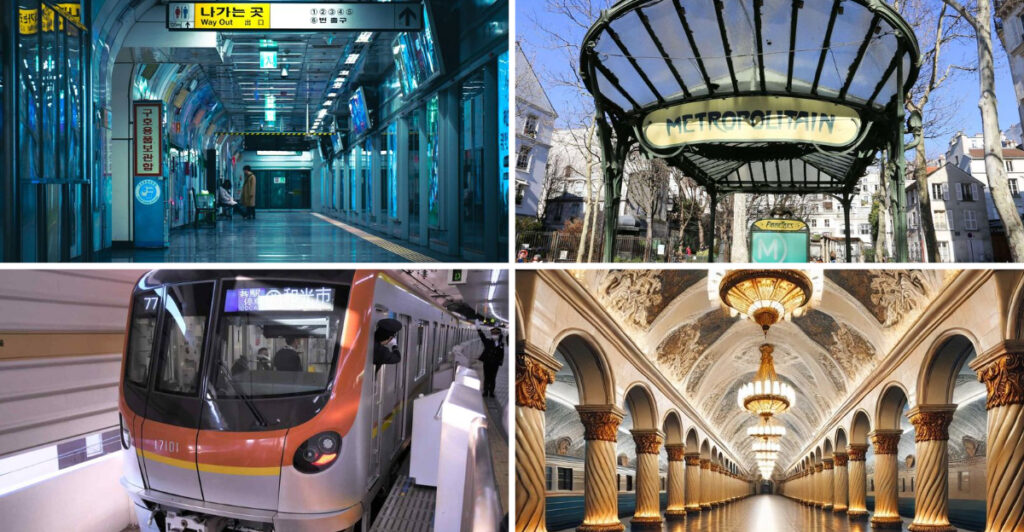Explore the fascinating world of underground transportation with our curated list of 12 high-tech subway systems and 11 historic subway lines. These tunnels not only connect cities but also offer unique insights into cultural heritage and technological advancements. Whether you’re a tech enthusiast or a history buff, these subway tours promise a captivating journey beneath the surface.
1. Tokyo Metro
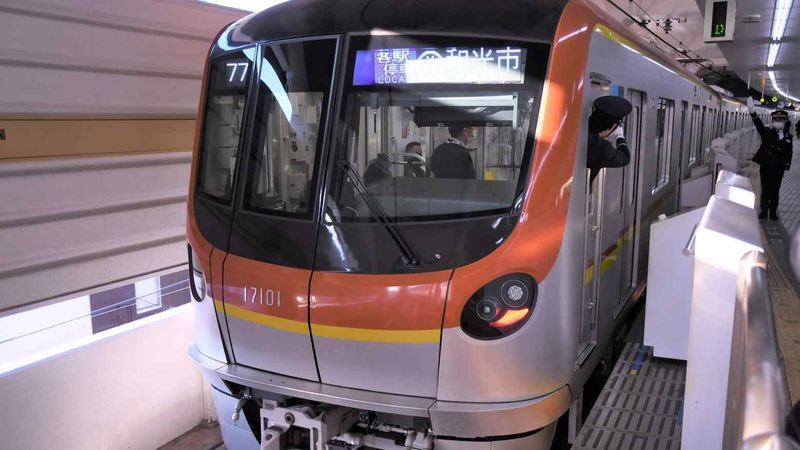
Tokyo Metro is a marvel of modern engineering, blending efficiency with cutting-edge technology. With over 6 million daily riders, it operates like a well-oiled machine. The iconic Yamanote Line serves as a circular lifeline, connecting major districts.
Automated ticket gates and train announcements in multiple languages make it user-friendly for both locals and tourists. The cleanliness and punctuality set a global standard.
Did you know? Tokyo Metro’s original line, the Ginza Line, opened in 1927, making it the oldest in Asia. A ride offers a glimpse into Japan’s futuristic yet respectful culture.
2. New York City Subway
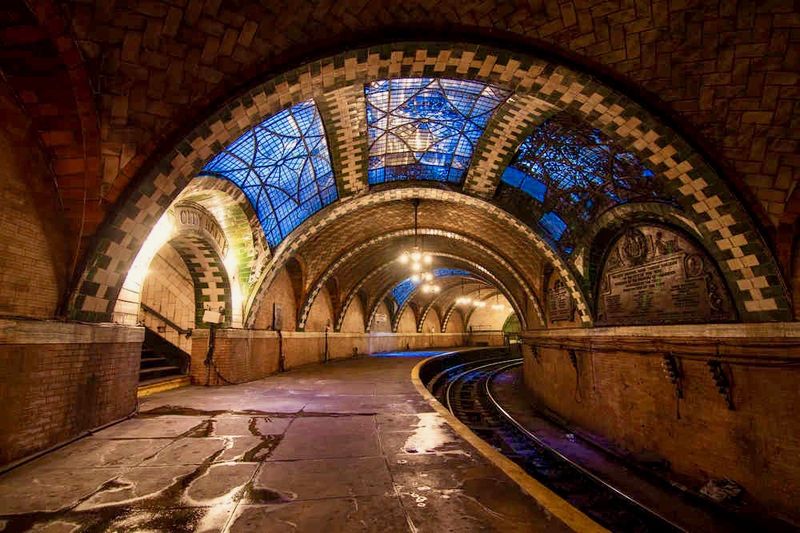
The New York City Subway is an integral part of the city’s heartbeat, known for its iconic map and extensive network. Serving over 4 million passengers daily, it’s both a lifeline and a symbol of urban resilience.
With stations adorned with art, it offers more than just transit; it’s a cultural experience. The 1904 opening marked the beginning of mass transit in America.
Fun fact: The NYC Subway was the first in the world to have an underground stop at City Hall, which is now closed but offers special tours for history enthusiasts.
3. London Underground
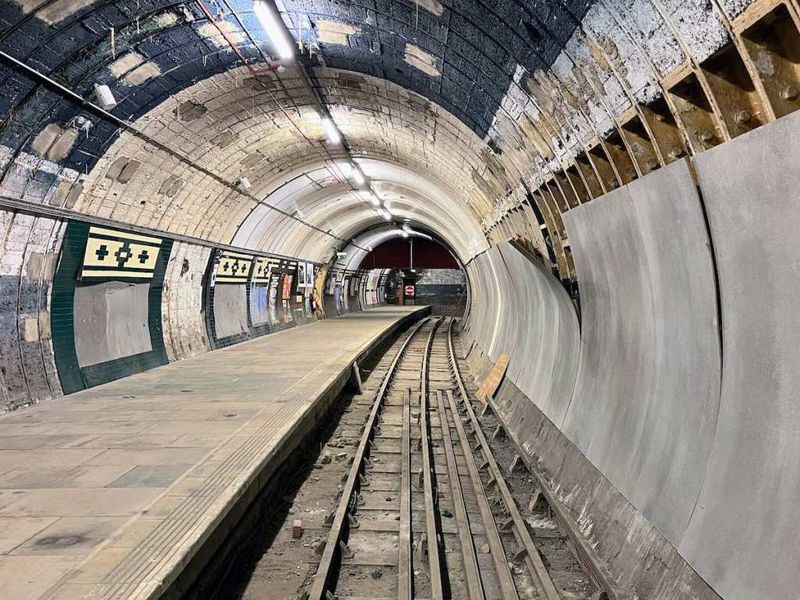
Known as the ‘Tube,’ the London Underground is a historic marvel. Opening in 1863, it’s the world’s first underground railway.
With its iconic map and over 250 miles of track, it connects the city’s diverse neighborhoods. Each station has a story, from Baker Street’s Sherlock Holmes connection to King’s Cross’s Platform 9¾.
The Tube isn’t just transportation; it’s a cultural symbol. It’s also home to some of the best buskers in the city, making commutes unexpectedly entertaining. Don’t miss the abandoned Aldwych station, open for special tours.
4. Seoul Metropolitan Subway
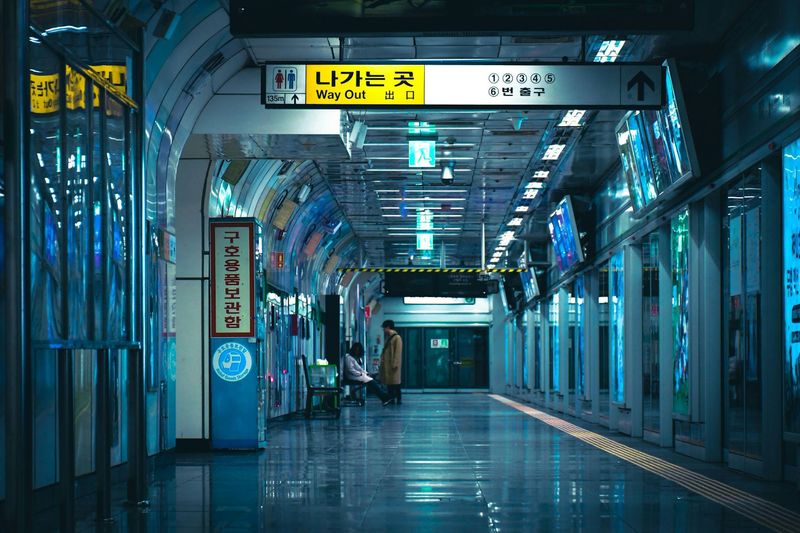
The Seoul Metropolitan Subway is a marvel of efficiency and innovation. Often praised for its cleanliness and punctuality, this subway system serves as the backbone of transportation in Seoul. The stations are equipped with state-of-the-art technology, including heated seats and high-speed internet access. Each line offers a unique cultural experience, showcasing local art and history. The subway’s vast network reaches almost every corner of the city, making it an essential part of daily life for millions of residents.
5. Moscow Metro
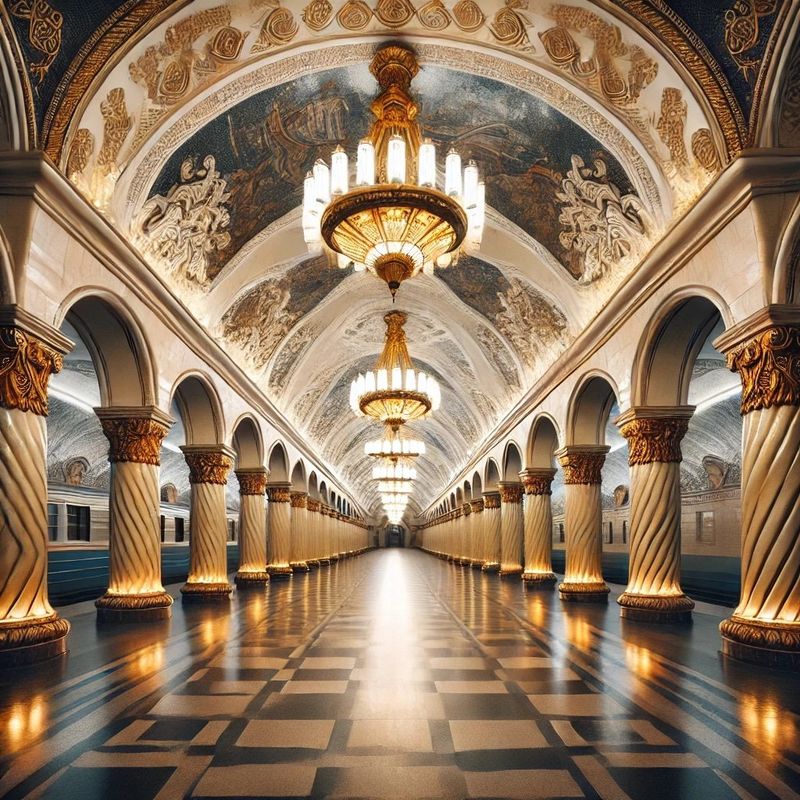
The Moscow Metro is both a masterpiece of art and a crucial mode of transportation. Opened in 1935, it features palatial stations adorned with chandeliers, mosaics, and sculptures. Each station has its own unique theme, reflecting various aspects of Russian history and culture. The metro system is known for its efficiency, handling millions of passengers daily. Its impressive architecture and deep historical roots make it a must-see for visitors to Moscow.
6. Hong Kong MTR
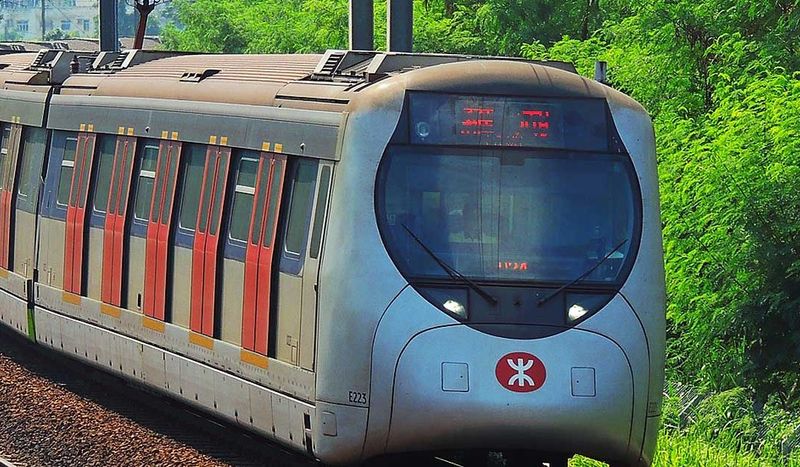
Hong Kong’s Mass Transit Railway (MTR) is renowned for its speed, reliability, and efficiency. Connecting key districts and outlying areas, the MTR is vital for daily commuters and tourists alike. The system is equipped with advanced safety features and offers a clean, comfortable ride. Travelers can enjoy seamless connectivity to other modes of transport, making it easy to explore the vibrant city of Hong Kong.
7. Paris Métro
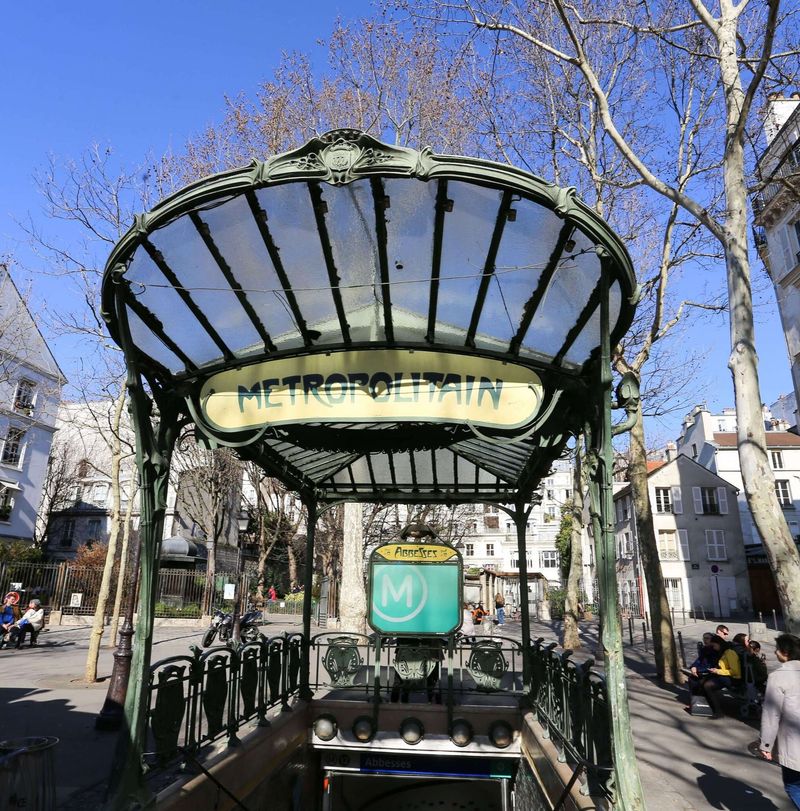
The Paris Métro is an iconic symbol of the city, known for its distinctive Art Nouveau station entrances. Opened in 1900, it is one of the oldest subway systems in the world. The metro’s extensive network connects the city’s diverse neighborhoods, offering travelers a convenient way to explore Paris. Each station tells a story, with unique artwork and designs reflecting the rich cultural heritage of the city.
8. Beijing Subway
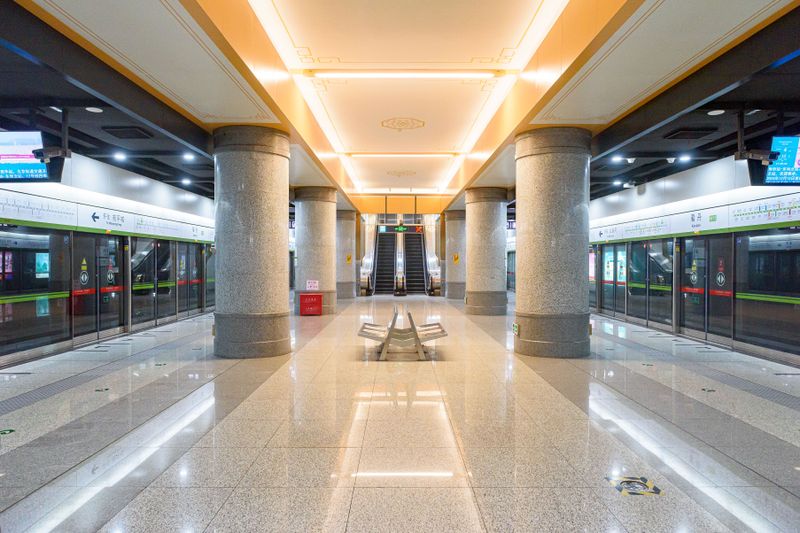
The Beijing Subway is a testament to rapid urban development and modernization. As one of the world’s busiest metro systems, it efficiently serves the sprawling city of Beijing. The subway features modern amenities, including digital signage and climate-controlled trains. Its expansive network covers historical and commercial areas, providing easy access to the city’s attractions. The system’s commitment to sustainability and technology makes it a model for future urban transit.
9. Berlin U-Bahn
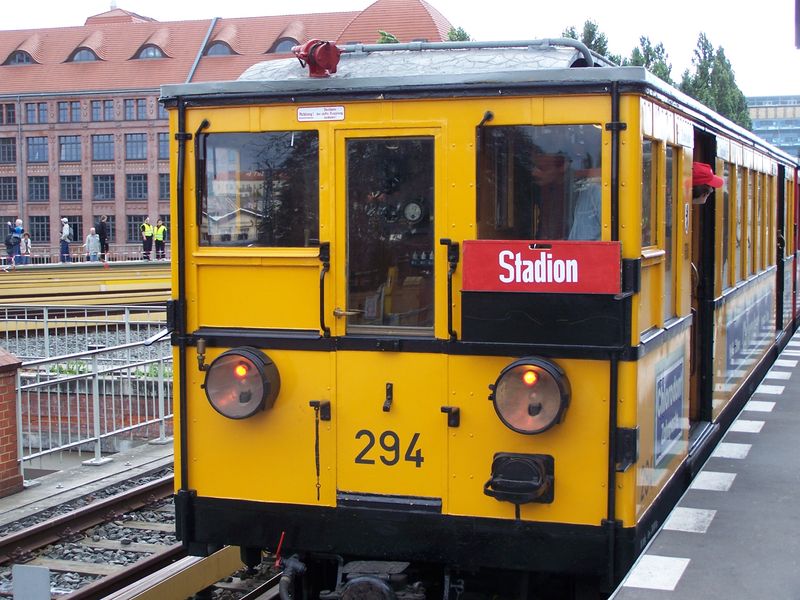
Berlin’s U-Bahn is a blend of historic charm and contemporary urban culture. Established in 1902, it is one of the oldest in Europe. The U-Bahn is known for its punctuality and coverage, reaching various parts of the city. Each station has a unique character, reflecting Berlin’s rich history and vibrant street art scene. It’s a convenient way to explore the city’s landmarks, from the Brandenburg Gate to trendy neighborhoods.
10. Madrid Metro
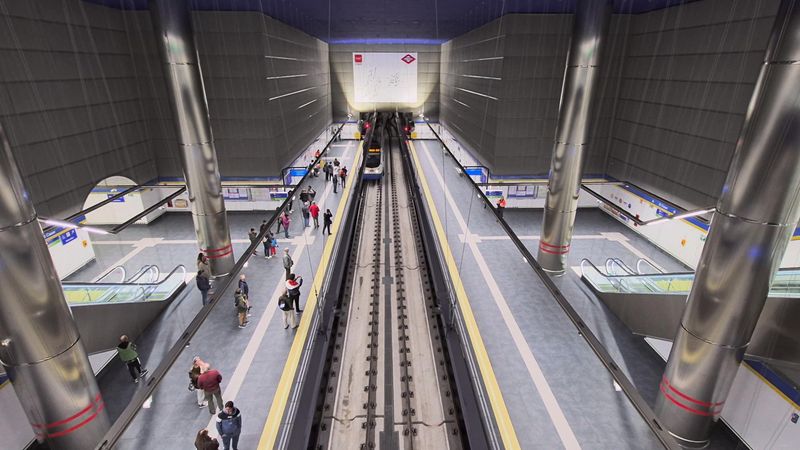
The Madrid Metro is celebrated for its extensive network and convenient service. As one of the longest metro systems in the world, it covers the entire city and extends into surrounding areas. The system is modern and efficient, with user-friendly interfaces and accessibility options. Madrid’s metro stations are clean and well-maintained, offering a pleasant travel experience. It’s an excellent way to discover the cultural and historical treasures of Madrid.
11. Shanghai Metro
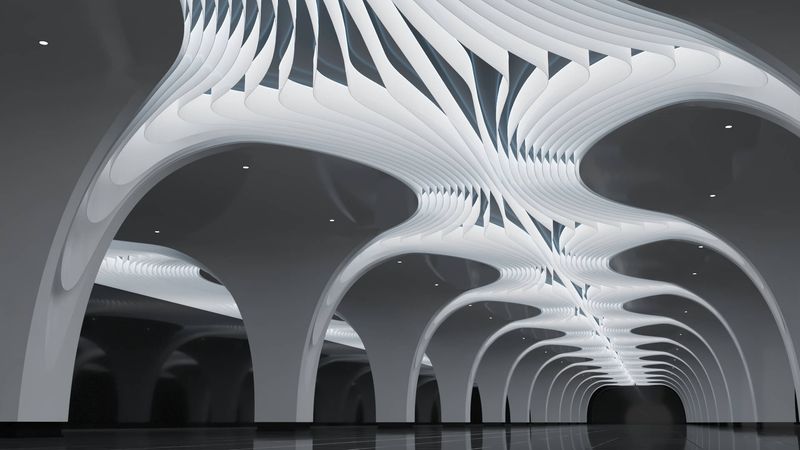
The Shanghai Metro epitomizes rapid urban growth and technological advancement. It’s one of the longest and most heavily used systems globally. The metro features cutting-edge technology, including touchless ticketing and real-time updates. Each line offers a glimpse into Shanghai’s dynamic evolution, with stations that are architectural wonders. The metro’s connectivity to key districts makes it essential for both residents and tourists.
12. Singapore MRT
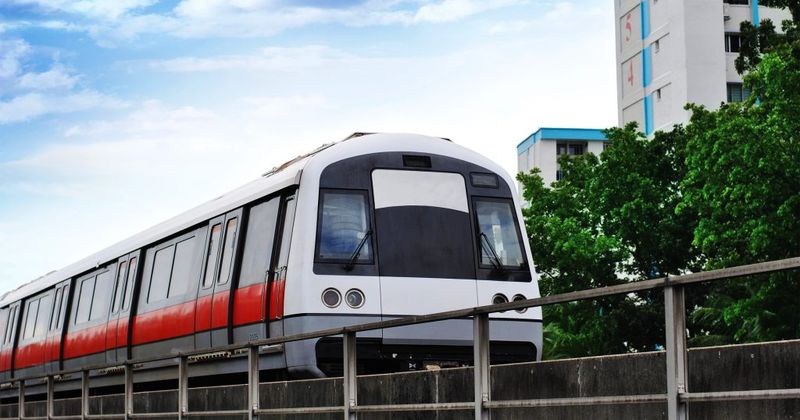
Singapore’s Mass Rapid Transit (MRT) system is synonymous with efficiency and reliability. Known for its cleanliness and punctuality, the MRT connects the city’s diverse districts seamlessly. The stations are equipped with modern amenities and safety features, ensuring a comfortable journey. The network’s strategic planning reflects Singapore’s commitment to sustainable urban transport, making it a critical component of daily life.
13. Buenos Aires Subte
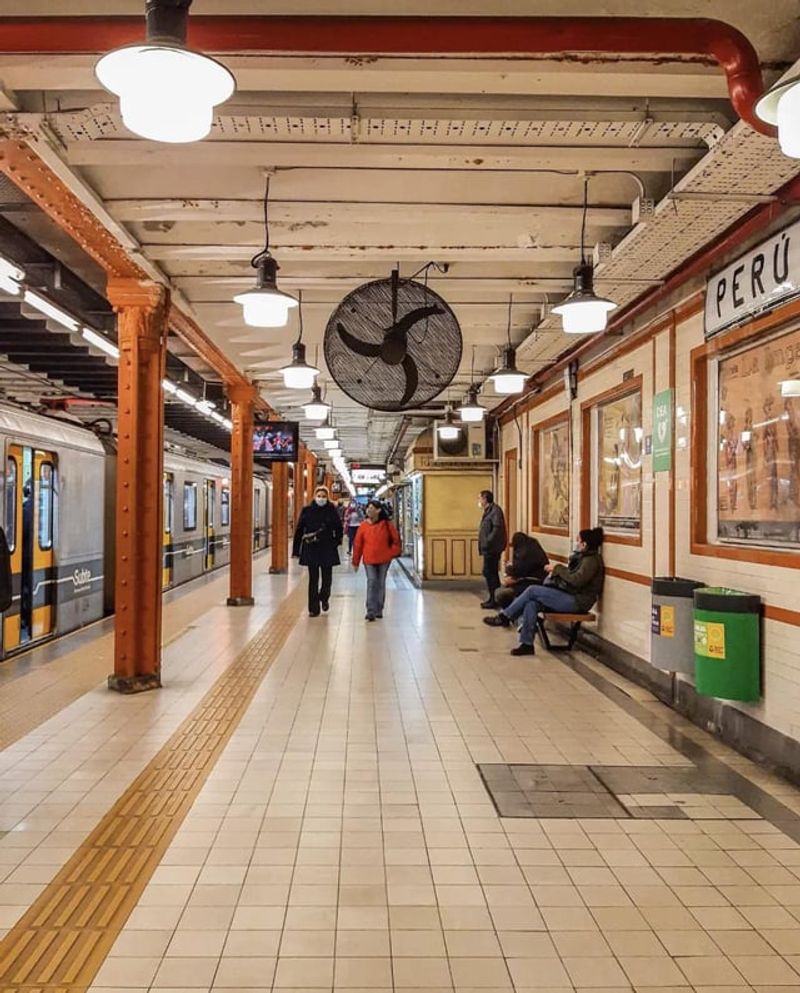
The Buenos Aires Subte is Latin America’s oldest underground system, opened in 1913. It boasts a unique blend of historical and modern elements. The stations are adorned with vintage tiles and artwork, reflecting the city’s rich cultural heritage. Despite its age, the Subte remains an integral part of Buenos Aires’ public transport network. Its nostalgic charm offers a unique perspective on the city’s past and present.
14. Barcelona Metro
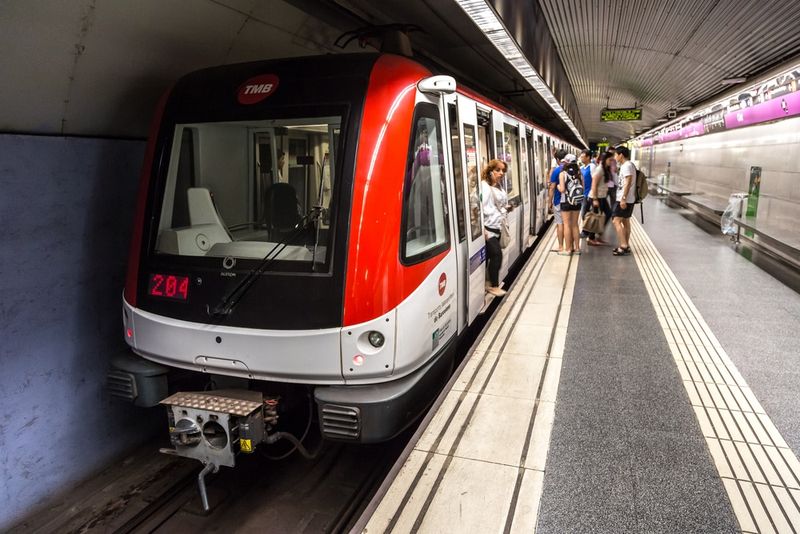
Barcelona’s Metro is a symbol of modern urban transit, offering extensive coverage of the city. The system is known for its efficiency and ease of use, with trains that are frequent and reliable. The metro stations are designed with contemporary aesthetics, making them visually appealing. The network connects key cultural and historical sites, providing travelers with convenient access to explore Barcelona’s vibrant landscape.
15. Cairo Metro

Cairo Metro is Africa’s first and one of its busiest subway systems. Serving the densely populated capital of Egypt, it plays a critical role in daily commuting. The metro is known for its affordability and efficiency, offering a quick escape from Cairo’s notorious traffic. Stations are adorned with Arabic signage and cultural motifs, providing a unique local experience. The metro continues to expand, reflecting Cairo’s growing infrastructure needs.
16. Chicago ‘L’
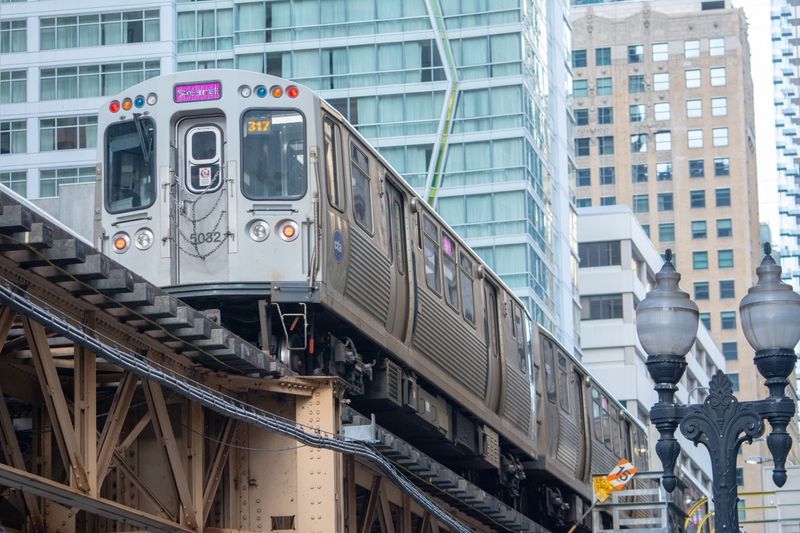
The Chicago ‘L’ is an integral part of the city’s identity, known for its elevated tracks and historic significance. Since its inception in 1892, it has become synonymous with Chicago’s urban landscape. The system features a mix of historic and modern trains, serving both commuters and tourists. The ‘L’ connects diverse neighborhoods and landmarks, offering a unique perspective of Chicago’s architectural and cultural richness.
17. Stockholm Metro
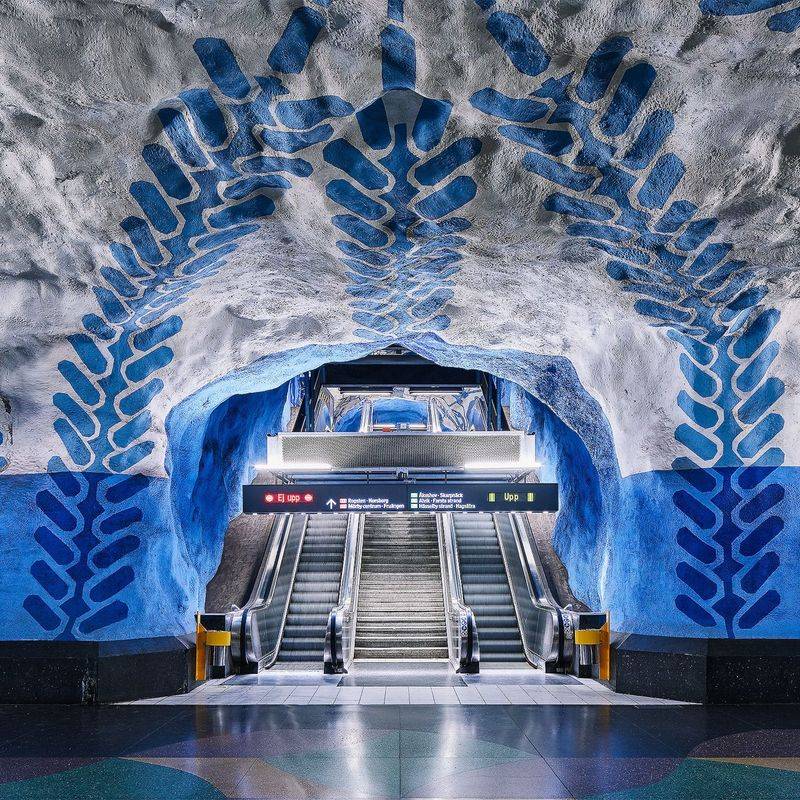
The Stockholm Metro is often referred to as the world’s longest art gallery. Each station is uniquely decorated with murals, installations, and sculptures, reflecting Sweden’s rich artistic tradition. The metro system is known for its cleanliness and efficiency, connecting the city’s key areas. Travelers can enjoy a visually enriching journey while commuting, making the Stockholm Metro a must-see for art enthusiasts visiting the city.
18. Mexico City Metro
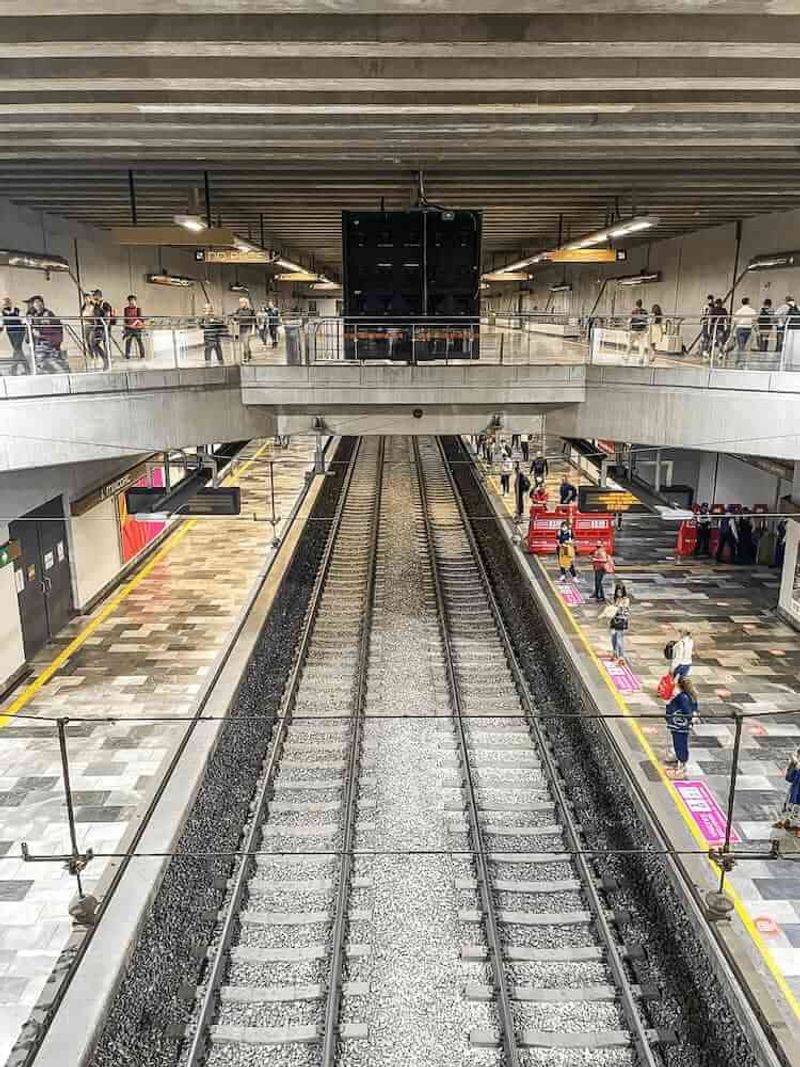
The Mexico City Metro is one of the largest and most affordable systems in the world. It’s a vital part of daily life in this sprawling metropolis, known for its efficiency and wide reach. Stations feature vibrant colors and cultural motifs, showcasing Mexico’s rich heritage. The metro provides a convenient way to navigate the city’s many attractions, from historical landmarks to bustling markets.
19. Delhi Metro
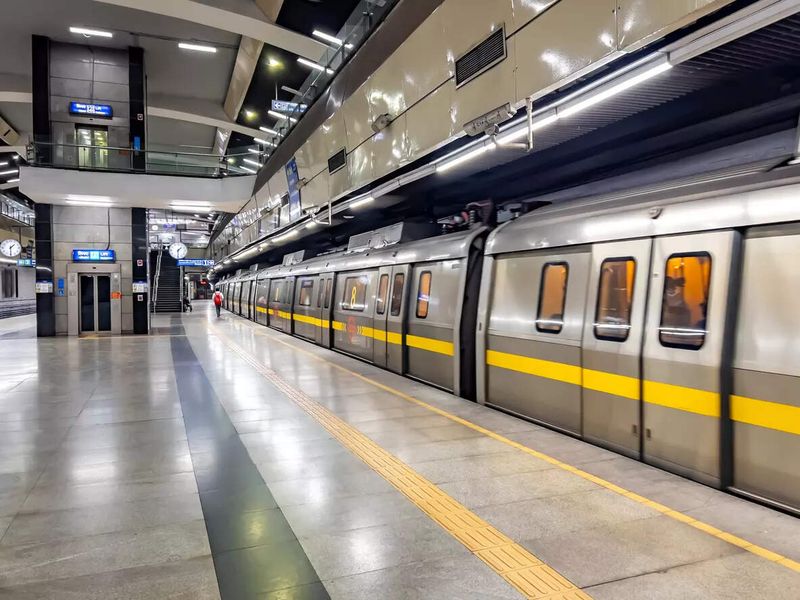
The Delhi Metro represents a leap forward in urban transport for India. Known for its modern infrastructure and efficiency, it has transformed commuting in Delhi. The system features air-conditioned trains and state-of-the-art facilities. It connects key areas of the city, improving accessibility and reducing traffic congestion. The metro is a testament to India’s rapid urbanization and commitment to sustainable development.
20. Athens Metro
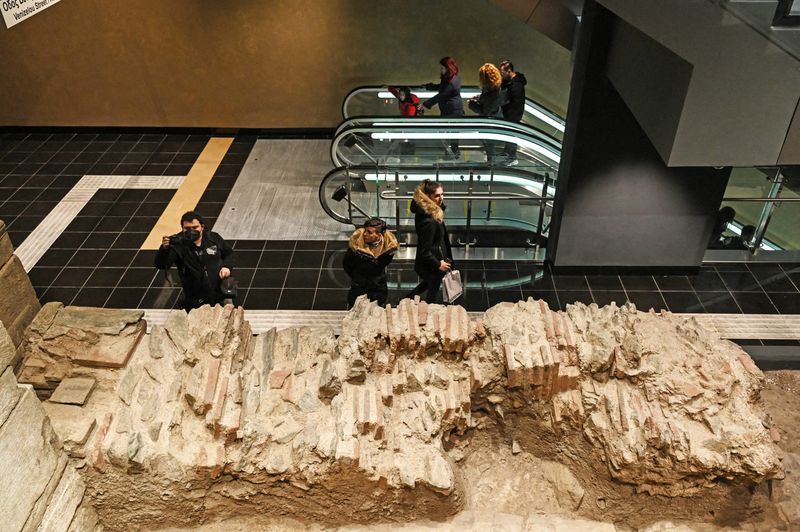
The Athens Metro is a unique blend of modern transit and ancient history. During its construction, numerous archaeological finds were uncovered, many of which are displayed in the stations. The metro efficiently connects Athens’ historical sites and modern districts. Travelers can enjoy a seamless journey while exploring the city’s rich past. The Athens Metro exemplifies how modern infrastructure can coexist with historical preservation.
21. Sydney Metro
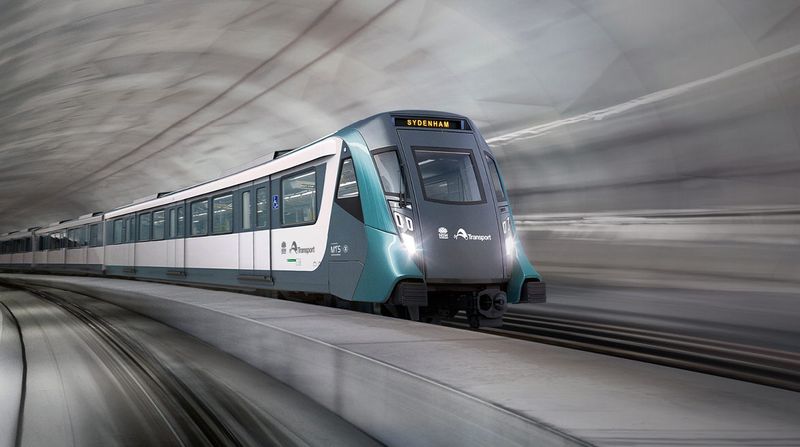
Sydney Metro stands at the forefront of modern transportation, being Australia’s largest public transport project. Known for its fully automated trains and high-frequency service, it offers a seamless travel experience. The stations are designed with cutting-edge technology and sustainability in mind. Connecting key areas in Sydney, the metro enhances accessibility and supports the city’s growth. Its emphasis on innovation makes it a model for future transit systems.
22. Istanbul Metro

Istanbul Metro is a key part of the city’s transport network, bridging its rich history with modern needs. The metro efficiently navigates the city’s unique geography, connecting Europe and Asia. Stations feature traditional Turkish designs, offering a cultural experience. As Istanbul grows, the metro continues to expand, reflecting the city’s dynamic evolution. It’s an essential means of exploring both the historical and contemporary aspects of Istanbul.
23. Lisbon Metro
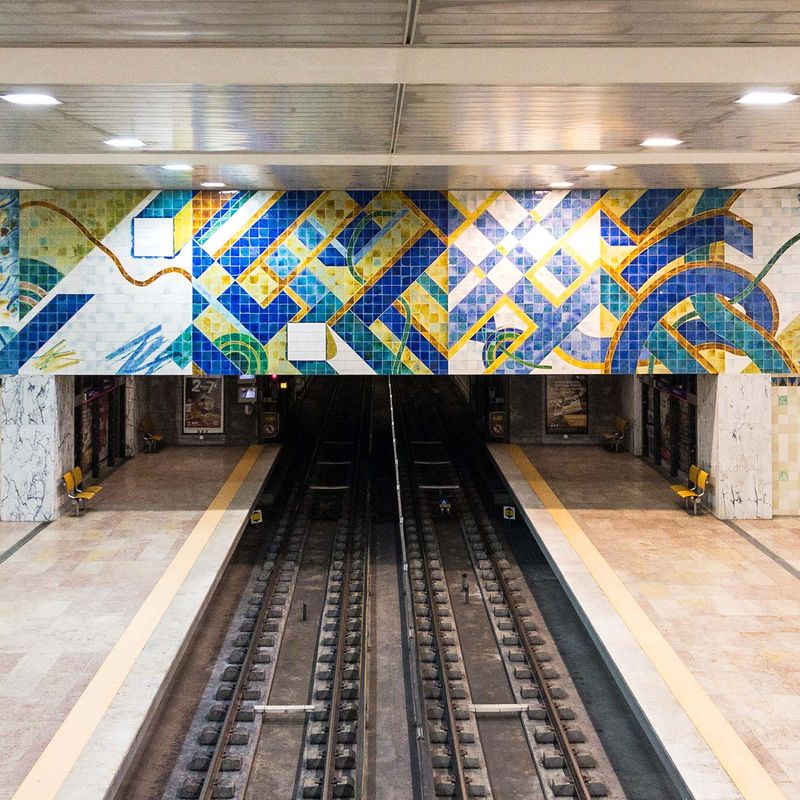
The Lisbon Metro is a vibrant mix of art and functionality, known for its iconic Portuguese tile artwork. Each station has its unique aesthetic, reflecting Lisbon’s cultural diversity. The metro system is efficient and user-friendly, offering a smooth ride through the city’s hills and valleys. It’s an excellent way to explore Lisbon’s attractions, from historic neighborhoods to modern districts.

